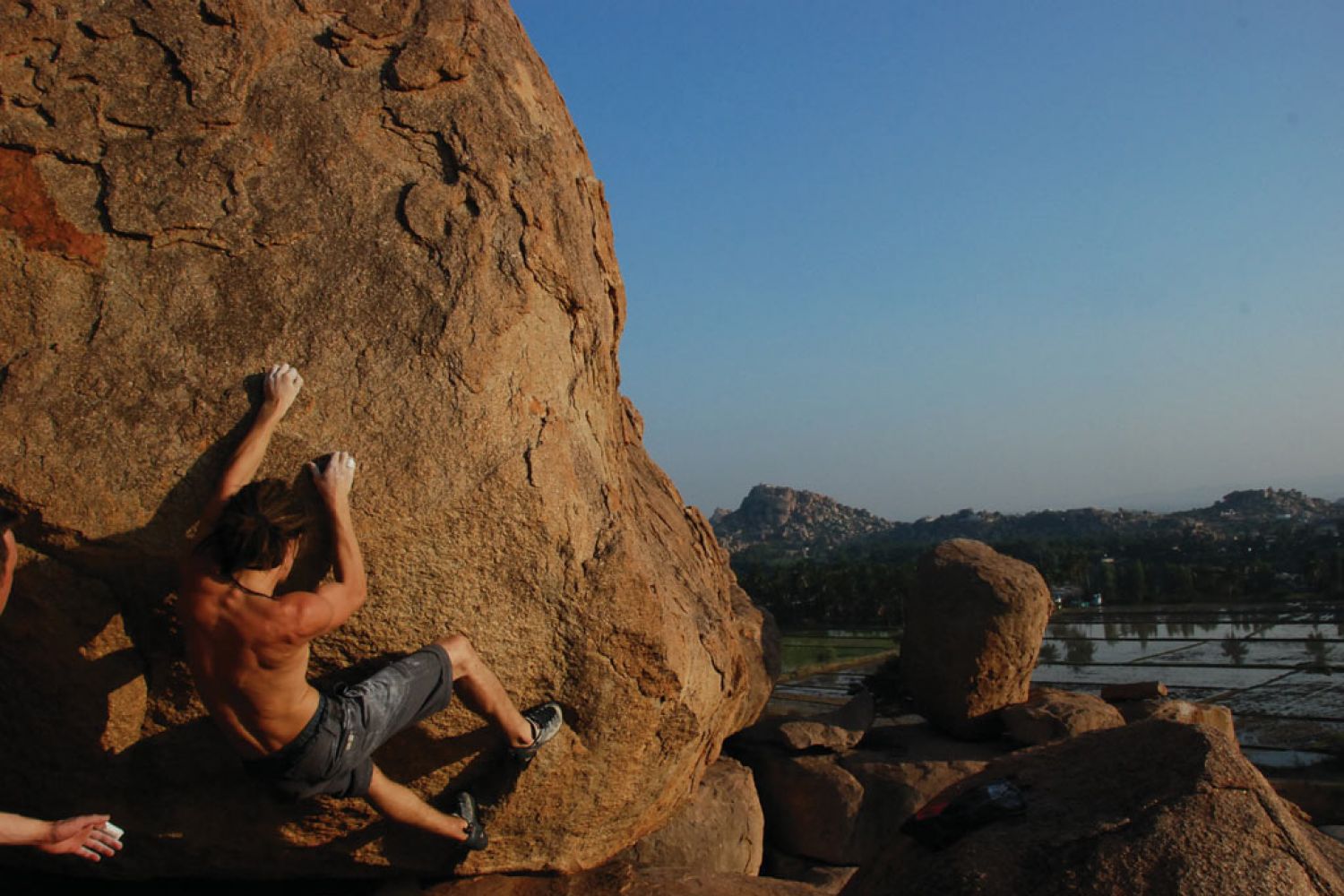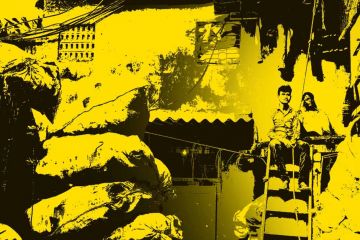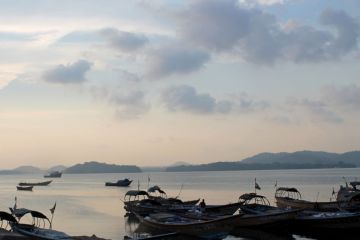
���Twenty-nine years.”
Saraswati thumps her foot on the floor. “It’s been three decades. I’ve earned
an honest living and now I am called a drug dealer. Why? We can be shut down
now. How?”
1983
Saraswati arrived in
Hampi, leading her two shambling sons, Krishna Prasad and Ashok. She was 19 then,
following the trail of her husband, an English-speaking guide. He wasn’t a
permanent worker. Income was never a guarantee. He’d disappear for weeks on
sporadic tours and his pro





